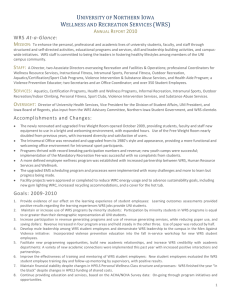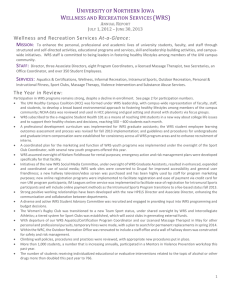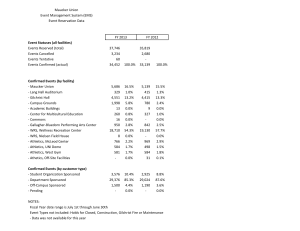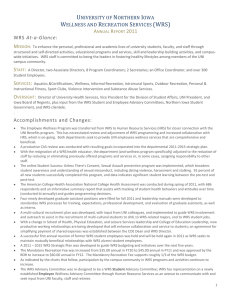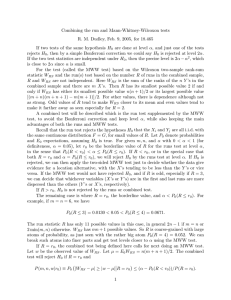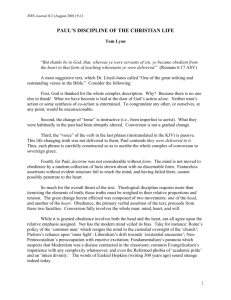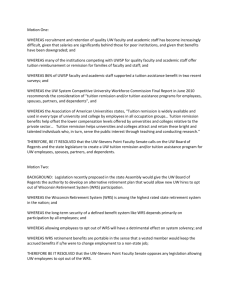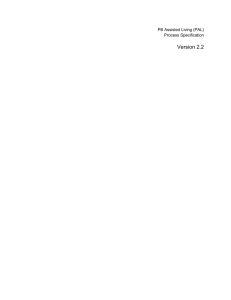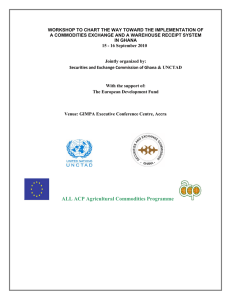U N I
advertisement
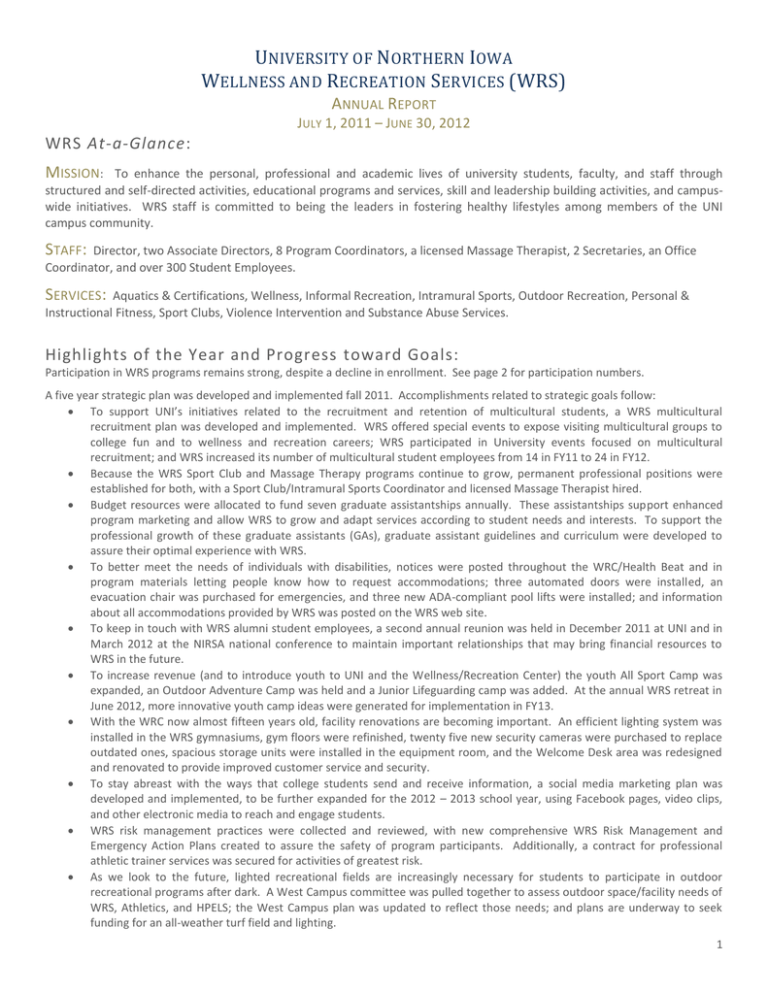
UNIVERSITY OF NORTHERN IOWA WELLNESS AND RECREATION SERVICES (WRS) ANNUAL REPORT JULY 1, 2011 – JUNE 30, 2012 WRS At-a-Glance: MISSION: To enhance the personal, professional and academic lives of university students, faculty, and staff through structured and self-directed activities, educational programs and services, skill and leadership building activities, and campuswide initiatives. WRS staff is committed to being the leaders in fostering healthy lifestyles among members of the UNI campus community. STAFF: Director, two Associate Directors, 8 Program Coordinators, a licensed Massage Therapist, 2 Secretaries, an Office Coordinator, and over 300 Student Employees. SERVICES: Aquatics & Certifications, Wellness, Informal Recreation, Intramural Sports, Outdoor Recreation, Personal & Instructional Fitness, Sport Clubs, Violence Intervention and Substance Abuse Services. Highlights of the Year and Progress toward Goals: Participation in WRS programs remains strong, despite a decline in enrollment. See page 2 for participation numbers. A five year strategic plan was developed and implemented fall 2011. Accomplishments related to strategic goals follow: To support UNI’s initiatives related to the recruitment and retention of multicultural students, a WRS multicultural recruitment plan was developed and implemented. WRS offered special events to expose visiting multicultural groups to college fun and to wellness and recreation careers; WRS participated in University events focused on multicultural recruitment; and WRS increased its number of multicultural student employees from 14 in FY11 to 24 in FY12. Because the WRS Sport Club and Massage Therapy programs continue to grow, permanent professional positions were established for both, with a Sport Club/Intramural Sports Coordinator and licensed Massage Therapist hired. Budget resources were allocated to fund seven graduate assistantships annually. These assistantships support enhanced program marketing and allow WRS to grow and adapt services according to student needs and interests. To support the professional growth of these graduate assistants (GAs), graduate assistant guidelines and curriculum were developed to assure their optimal experience with WRS. To better meet the needs of individuals with disabilities, notices were posted throughout the WRC/Health Beat and in program materials letting people know how to request accommodations; three automated doors were installed, an evacuation chair was purchased for emergencies, and three new ADA-compliant pool lifts were installed; and information about all accommodations provided by WRS was posted on the WRS web site. To keep in touch with WRS alumni student employees, a second annual reunion was held in December 2011 at UNI and in March 2012 at the NIRSA national conference to maintain important relationships that may bring financial resources to WRS in the future. To increase revenue (and to introduce youth to UNI and the Wellness/Recreation Center) the youth All Sport Camp was expanded, an Outdoor Adventure Camp was held and a Junior Lifeguarding camp was added. At the annual WRS retreat in June 2012, more innovative youth camp ideas were generated for implementation in FY13. With the WRC now almost fifteen years old, facility renovations are becoming important. An efficient lighting system was installed in the WRS gymnasiums, gym floors were refinished, twenty five new security cameras were purchased to replace outdated ones, spacious storage units were installed in the equipment room, and the Welcome Desk area was redesigned and renovated to provide improved customer service and security. To stay abreast with the ways that college students send and receive information, a social media marketing plan was developed and implemented, to be further expanded for the 2012 – 2013 school year, using Facebook pages, video clips, and other electronic media to reach and engage students. WRS risk management practices were collected and reviewed, with new comprehensive WRS Risk Management and Emergency Action Plans created to assure the safety of program participants. Additionally, a contract for professional athletic trainer services was secured for activities of greatest risk. As we look to the future, lighted recreational fields are increasingly necessary for students to participate in outdoor recreational programs after dark. A West Campus committee was pulled together to assess outdoor space/facility needs of WRS, Athletics, and HPELS; the West Campus plan was updated to reflect those needs; and plans are underway to seek funding for an all-weather turf field and lighting. 1 WRC & Health Beat Total Visits 11/12 274,934 10/11 281,796 8,676 215 177 9,019 192 241 Intramural Sports Total Participations Unique Students Unique Users Students Faculty/Staff Others 11/12 28,487 2,805 10/11 26,270 3,072 Outdoor Recreation 11/12 244 152 51 461 Trip participants Belay Clinic Participants Other Clinic Participants Rentals Climbing Wall Usage (monthly average ) Academic year 1,921 Summer 241 Sports Clubs 11/12 Number of Clubs Club Members 10/11 21 489 20 516 10/11 155 131 42 443 1,712 323 Fitness/Leisure Classes 11/12 10/11 Total Registered Fall Spring Summer Total 1,001 982 122 2,105 Personal Training 1,039 1,134 178 2,351 Unique Faculty/Staff/Other Fall Spring Summer 869 843 44 890 993 79 132 139 78 149 141 99 10/11 1,076 Students Faculty/Staff/Other 29 39 34 28 11/12 $105,635 $55,478 10/11 $103,914 $56,188 Unique Unique Students Fall Spring Summer Total Sessions 11/12 1,177 WRS Facility Rentals Gross Income Net Income 11/12 10/11 Learn-to-Swim: Children of Students, Faculty Staff & Alumni 668 664 880 798 859 798 24 14 Massages: Total Red Cross Training: Participants Minority Student Employees: 2
